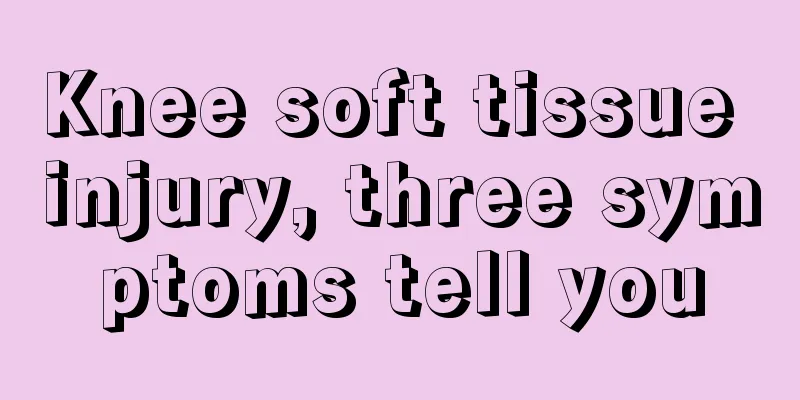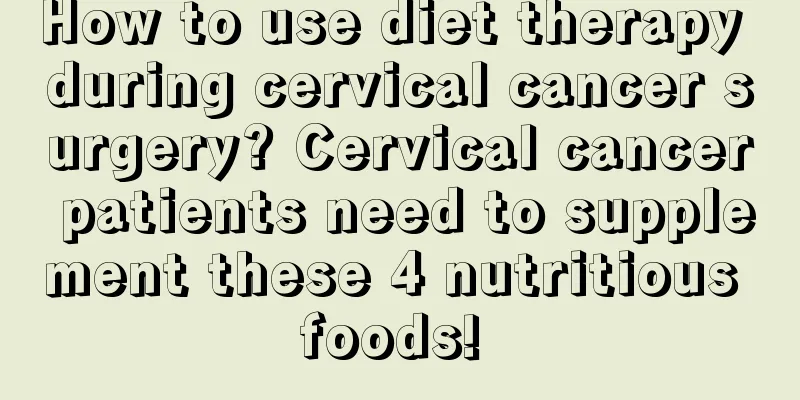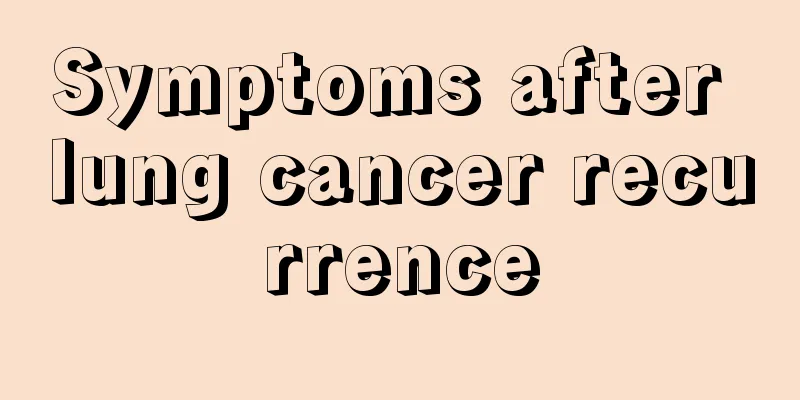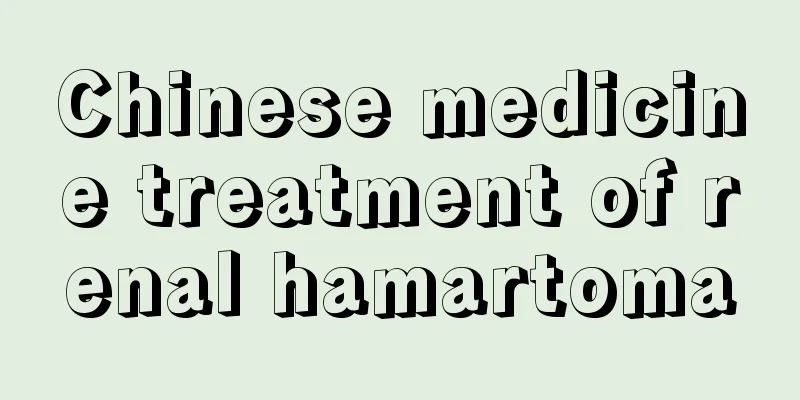Knee soft tissue injury, three symptoms tell you

|
Knee cartilage injuries are generally inseparable from the patella. There is a groove at the front and lower end of the femur that is suitable for placing the patella. The cartilage on the surface of this joint can withstand pressure until they have problems. Cartilage, especially the meniscus, is the part of the human body most vulnerable to injury during exercise. So, what are the symptoms of injury? 1. First of all, the structure: the thigh bone or femur and the tibia and fibula of the calf, as well as the kneecap, also known as the patella, form the knee joint. Between the femur and tibia are two large cartilage disks called the medial and lateral menisci. There is a groove at the front and lower end of the femur that is suitable for placing the patella, which can fully accommodate the patella to move up and down in the groove. The cartilage on the surface of these joints can absorb shock and withstand pressure until they malfunction. Cartilage, especially the meniscus, is the most vulnerable part of the human body during exercise. 2. Symptoms of soft tissue injury of the knee: Soreness and discomfort at the tip of the knee are felt initially, followed by persistent dull pain. The pattern is that the pain increases when you start to move, and decreases as the activity starts. In daily life and work (such as going up and down stairs, squatting and standing up, walking with weight, kicking a ball hard, etc.), pain in the tip of the knee will occur whenever the quadriceps muscle contracts. Patients with more serious conditions also experience pain at the tip of the knee when walking normally. The patient feels weak in the knees and gets easily fatigued when walking, which makes him unable to carry weights with his shoulders or hands, let alone walk with heavy objects on his back. There is obvious tenderness at the tip of the patella. 3. When touched, you can feel swelling, bluntness and thickening at the attachment of the patellar tendon. Some patients can feel the tip of the hypertrophic bone spur. When doing the knee extension resistance test and half squat test, pain occurs at the tip of the knee. Whether it is chronic or acute popliteal muscle injury, the main symptom is pain in the popliteal fossa when squatting or standing up, or when going up stairs or climbing hills. The nature of the pain can be intermittent or continuous. Most chronic injuries experience dull pain, while acute injuries experience severe or relatively severe tearing or pulling pain. |
<<: Can people with hyperthyroidism eat purple sweet potatoes?
>>: Seven common methods to remove acne for boys
Recommend
The top ten most delicious snacks in the world
Snacks play a relatively important role in our di...
Thrombosed internal hemorrhoids? Teach you the correct treatment method
Thrombosed internal hemorrhoids are no strangers ...
Why do I feel sick and nauseous with an empty stomach?
If you usually feel an empty stomach, feel very u...
Can gallstones be cured without surgery?
Gallstones can be cured without surgery under cer...
I suddenly feel dizzy. What's going on?
Dizziness has a great impact on people's bodi...
How to make a fitness plan
Now more and more people are beginning to seek va...
The benefits of drinking ginkgo leaves soaked in water
Ginkgo nut, also known as ginkgo nut, is a fruit ...
Filter coffee
Many people love drinking coffee, especially when...
Common home recipes for skin care and acne treatment
Skin care and acne removal are things that must b...
Does bleeding during intercourse necessarily mean cervical cancer? What are the four common causes of bleeding during intercourse?
Bleeding during sexual intercourse is not necessa...
Five symptoms of advanced laryngeal cancer
People who are over 40 years old and have the hab...
Does thyroid cancer require surgery
Thyroid cancer does not require surgical treatmen...
What are the symptoms of increased muscle tension and can it be cured?
In recent years, the incidence of increased muscl...
How to measure oral temperature
The human oral cavity also has a certain temperat...
How to do eye care
In modern society, the incidence of myopia is get...









